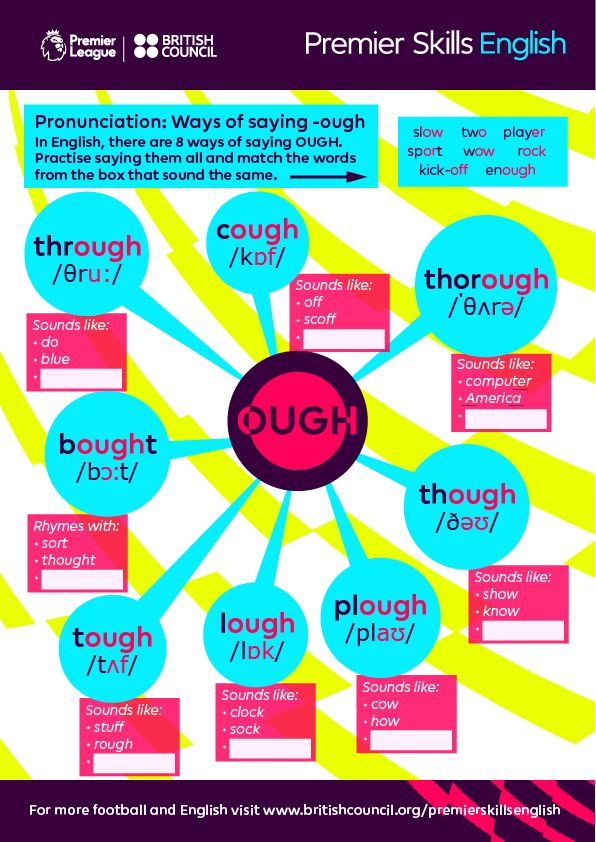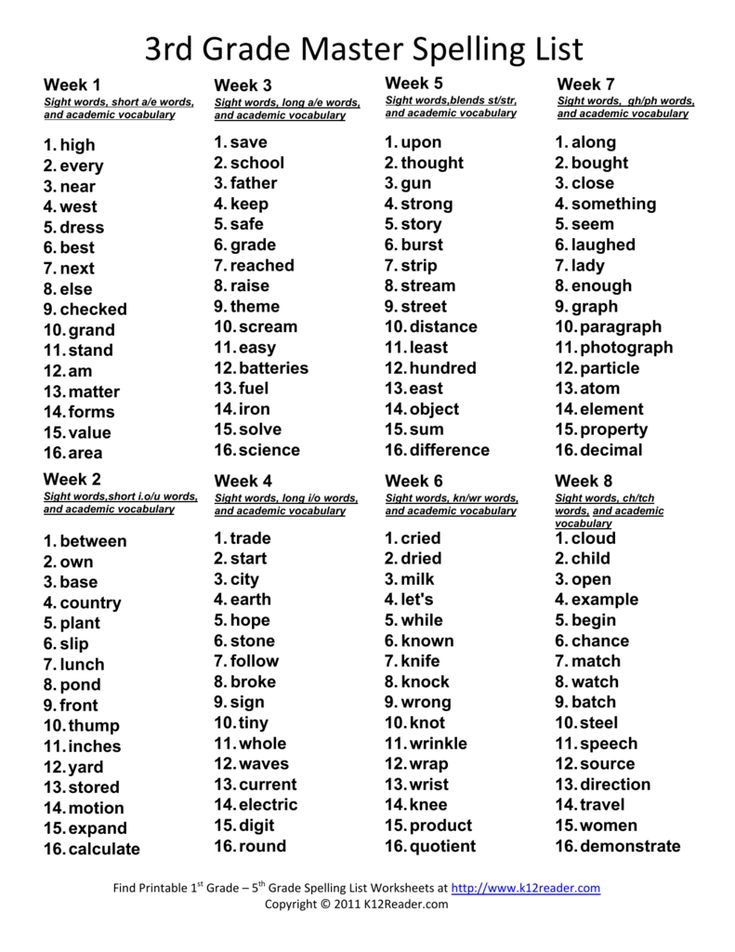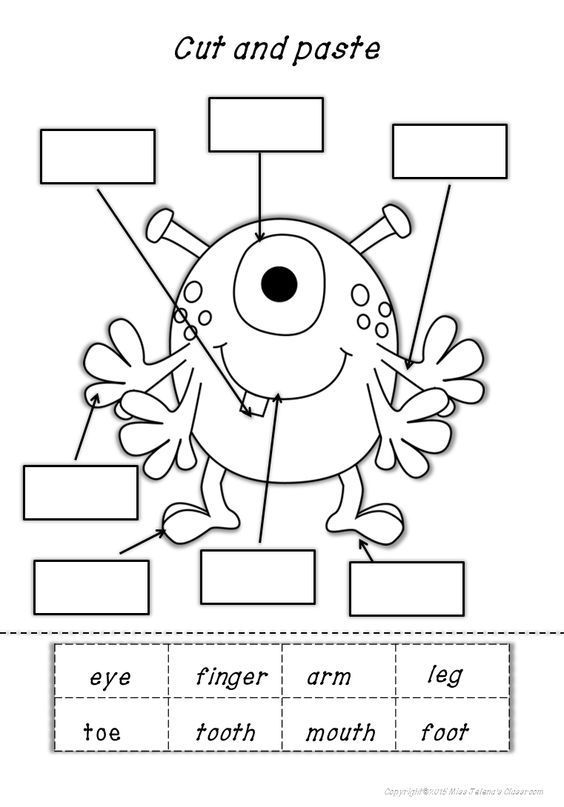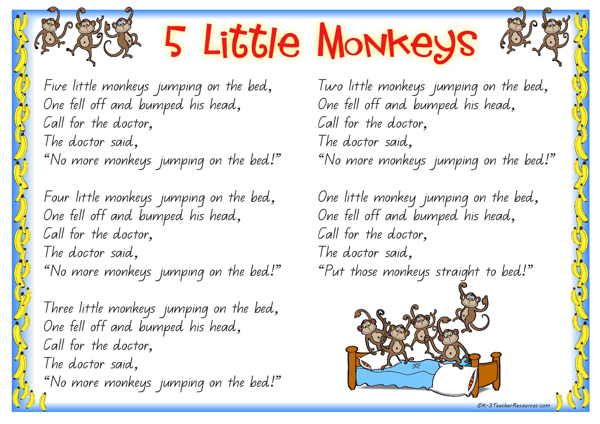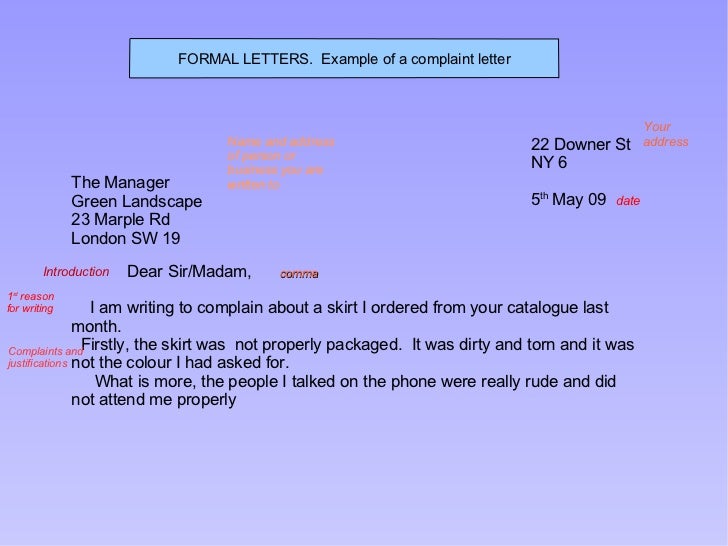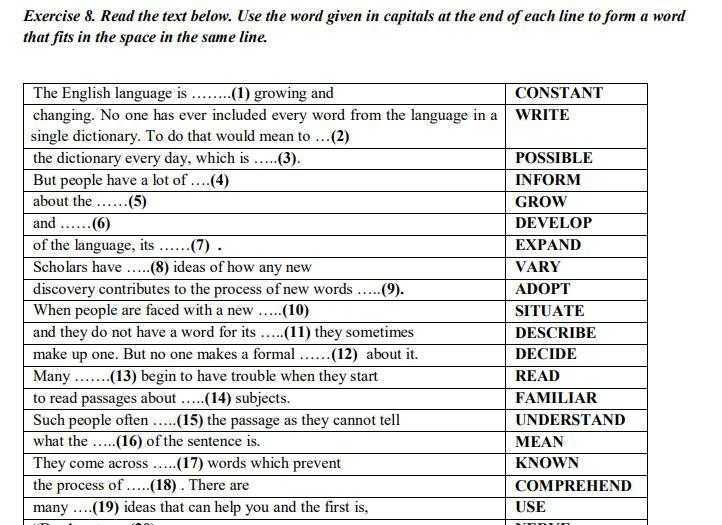Do you know the letter sounds
Do YOU Know Your Letter Sounds?
Letter sounds are one of the bedrock pieces of early literacy. But you might be surprised to find that you may not actually know the correct letter sounds yourself. (I know I was!)
Recently, I was working with a small group of kindergarten students on letter sounds and I noticed an interesting trend.
Many of the students were adding an “uh” to the ends of their consonant letter sounds. So when we worked with the letter “B”, I was hearing “buh”, “buh”, “buh”. For “M” I got “muh”, “muh”, “muh”. And so on.
That may get a passing grade on a phonics test, but will hamstring struggling readers down the road, and here’s why.
Before reading, children learn to hear and manipulate the sounds in words. This “playing with sounds” falls under phonemic and phonological awareness and is highly predictive of reading success later on. (Read more about that here.) This skill is independent of the written word — it’s simply
hearing the sounds in words. This allows kids to hear that the word “play” (though it has four letters) has three sounds :
p-l-ay
This is segmenting phonemes, breaking apart the sounds in a word. Similarly, children develop the skill of blending phonemes, hearing that those “stretched out sounds” can come back together to form a word.
(Read more about stretching words here.)
Eventually, as children learn the letters associated with those sounds these same skills help them to decode as they read (blend) and encode as they spell (segment).
It’s all connected in this grand process of literacy.
So, back to my kindergarten friends.
When children learn that the B sound is “buh”, it gets them started in the right direction, but sends them on an unfortunate detour. Because as you segment the word “bat” you don’t hear “buh”, “a”, “tuh”.
Try blending those sounds together. You end up with the three-syllable word, “buhatuh”.
Those extra sounds are very confusing for a child learning to blend and segment!
This extra “uh” sound is called a “schwa”.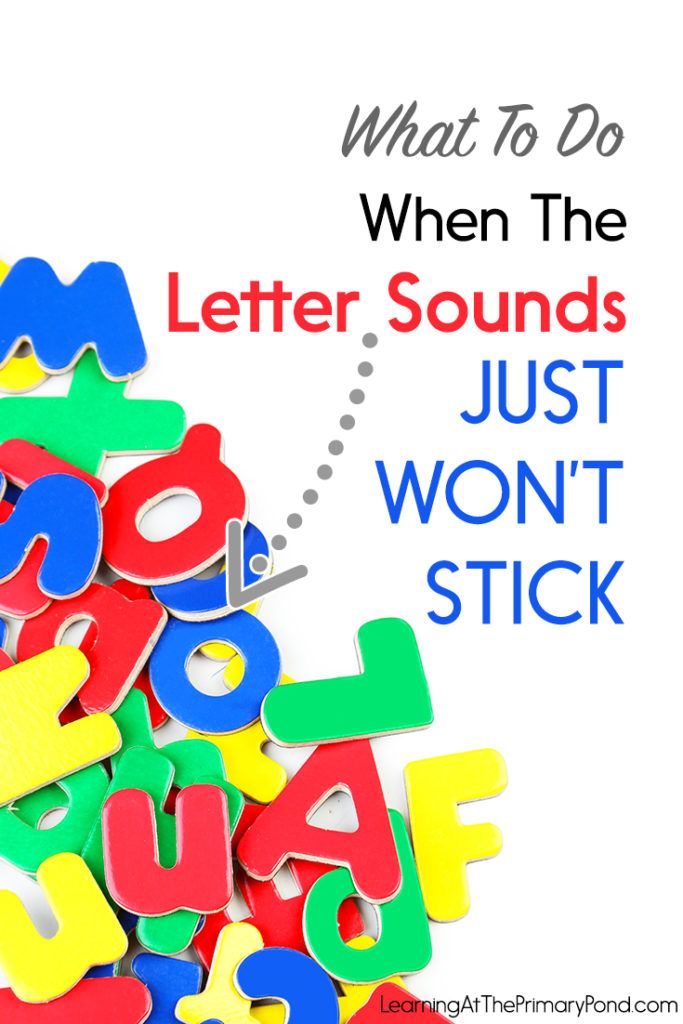 It feels natural to put this schwa on the end of the letter sound because many of those consonants are usually followed by a vowel sound. Rather than leaving them hanging, we tack on this “uh” (schwa) to make ourselves feel better. It’s like a wild card for vowels.
It feels natural to put this schwa on the end of the letter sound because many of those consonants are usually followed by a vowel sound. Rather than leaving them hanging, we tack on this “uh” (schwa) to make ourselves feel better. It’s like a wild card for vowels.
But when children learn letter sounds as though that wild card is a part of the letter sound then critical skills like blending, segmenting, and later, decoding and encoding become extremely difficult.
In my effort to help my kindergarten friends, I found this post from Jessica Boschen of What I Have Learned, which further explains this sticky schwa problem.
She points out that consonants are generally either “stop sounds” (a short, staccato sound) or “continuous sounds” (one sound prolonged). That means letter M’s sound is a continuous “Mmmmmm” not the schwa-infested “muh”.
Because we use something called a “mmmm-ap” not a “muh-ap”.
And the letter P has a short, breathy “p” sound, rather than a “puh” because your friend’s name is “P-am” not “Puh-am”.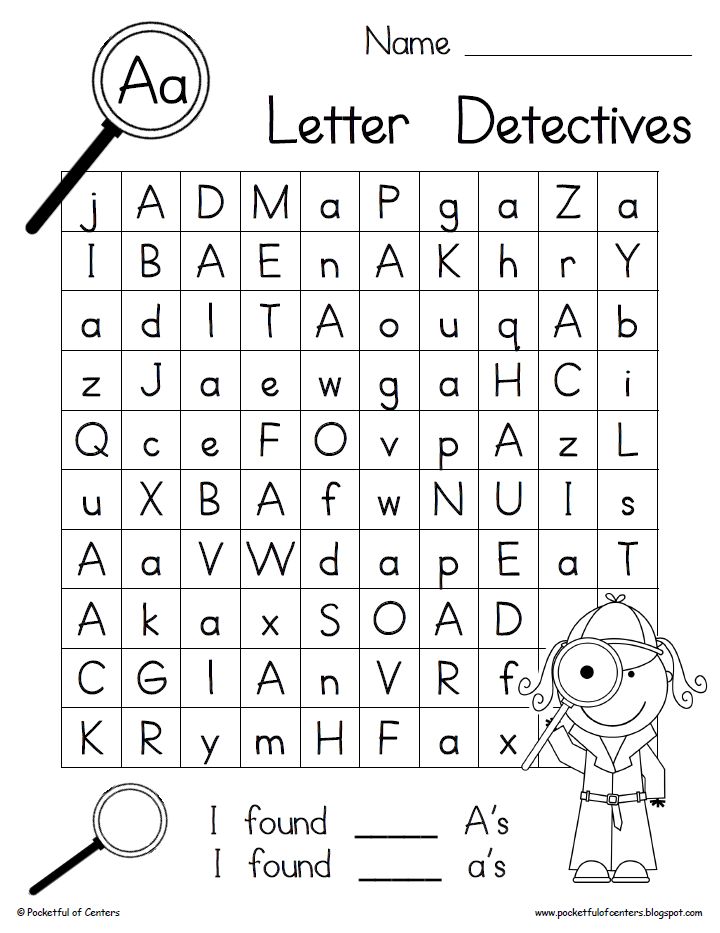 (Unless, of course, her name really is Puh-am, then by all means…. ;0)
(Unless, of course, her name really is Puh-am, then by all means…. ;0)
There are also a few tricky letters, which is why I finally learned, at the age of 39, the correct sound for the letter Y. (It sounds strange at first, but it makes complete sense when you consider how the sound is actually blended into words — which is the whole point.)
Jessica explains each correct sound in a quick, 10-minute video in her post here or on her facebook page here.
Whether we’re teachers in the classroom or parents playing with letter sounds at home, it’s important that we make sure that WE know the correct letter sounds first!
Once you have your own sounds down, try these great letter sound activities!
13 Fun Ways to Learn Letter Sounds {No Time for Flash Cards}
Teach Letter Sounds Using 26 Kid-Centered Photos {Teach Mama}
Alphabet Fun {Growing Kinders}
Humpty Dumpty Letter Crack {PreK Pages}
More Literacy Resources:
Does Your Alphabet Chart Need to Be Recalled? {NJC}
Stretching Out Words: Playful Ways to Practice Phonemic Awareness {NJC}
Why Don’t You Teach Reading: A Look at Emergent Literacy (Series) {NJC}
Videos for Learning Letter Sounds
Last updated on January 5, 2022
Don’t waste time searching for videos on YouTube! I’ve compiled a list of my five favorite tried-and-true videos for teaching and learning letter sounds.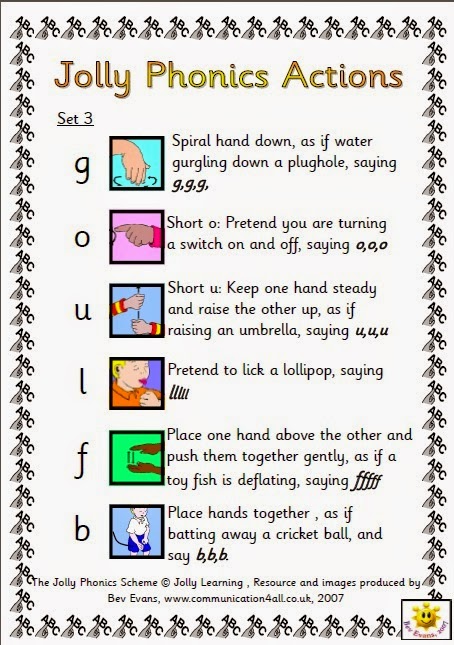
It’s the 21st century, and we know that videos are highly engaging for kids and adults alike. So why not use videos for teaching and learning?
I love using videos with my kindergarten students, especially my English language learners (ESL/ELL students). There’s just something about songs that helps learning “stick.”
You can use educational videos to open a lesson, as a warm up, to fill in the small time gaps during the day, or as a review at the end of the day.
I’ve scoured YouTube for videos for learning letter sounds. Here are the top five videos that I recommend!
Learning Videos for the Classroom
While I personally believe these videos are appropriate for preschool, kindergarten and first grade classrooms, remember that there can often be inappropriate ads before and after YouTube videos. Also, I always recommend previewing the full video before showing it to your class.
If you plan to show YouTube videos in your classroom, I highly recommend that you read this blog post by Catherine, the Brown Bag Teacher.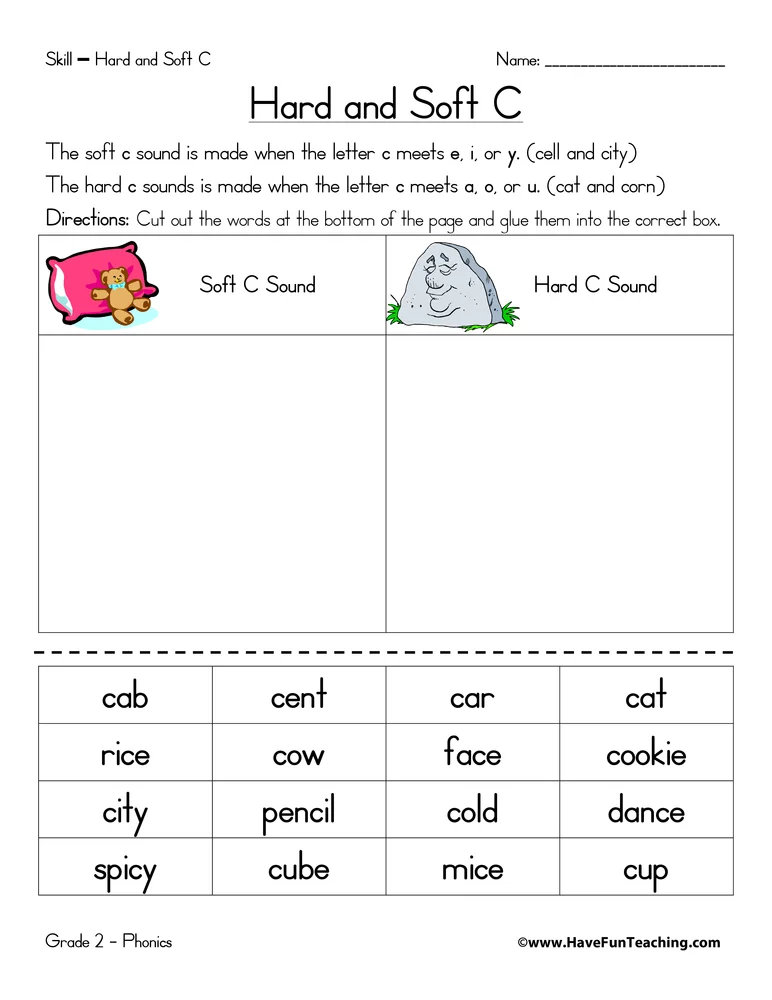 She shares three ways to eliminate YouTube video ads so that you can safely play these learning videos in your classroom.
She shares three ways to eliminate YouTube video ads so that you can safely play these learning videos in your classroom.
Without further ado, here are five fabulous videos for teaching and learning letter sounds in the classroom!
Videos for Learning Letter Sounds
1. Have Fun Teaching’s Alphabet Song
This video is perfect for practicing letter names and sounds. It says the names of the letters clearly as they appear, which provides great visual repetition. It also a catchy song and is well-loved by students.
2. The Letter Factory Letter Sounds
This video is a kindergarten teacher favorite! It has all of the clips and songs from the Letter Factory video. Each sound is sung many times. The letters are shown so students can connect the sounds to the letters. There are also many word/sound connections. For example, “l” is sung by licking lollipops.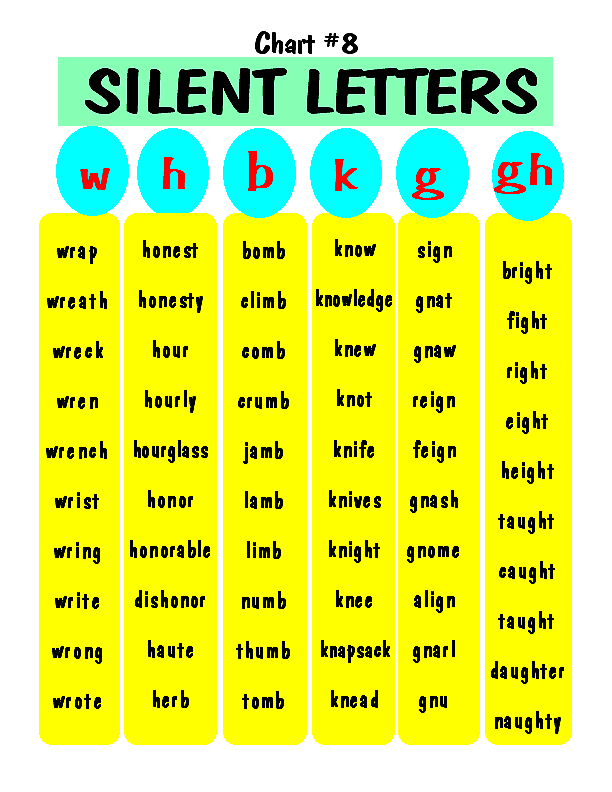
[Note: Every time I start open the link to this video, it begins the video at 50 seconds in, which is the letter E. To start at the letter A, just click on the beginning of the video so it starts at 0:01.]
If you like this video, you can purchase the whole thing as a DVD or even stream it from Amazon! [affiliate]
3. Learning Letter Sounds
Have you heard of Jack Hartmann? He has some amazing educational videos on YouTube. In this video, Jack is “on the beach.” He reviews all the letter names and sounds in order. He also acts out each beginning sound as the word/object is displayed on the screen. I love that he focuses on building brain and body connections!
4. Act Out the Alphabet
This is great for English language learners! In this video, Jack acts out the alphabet (in order).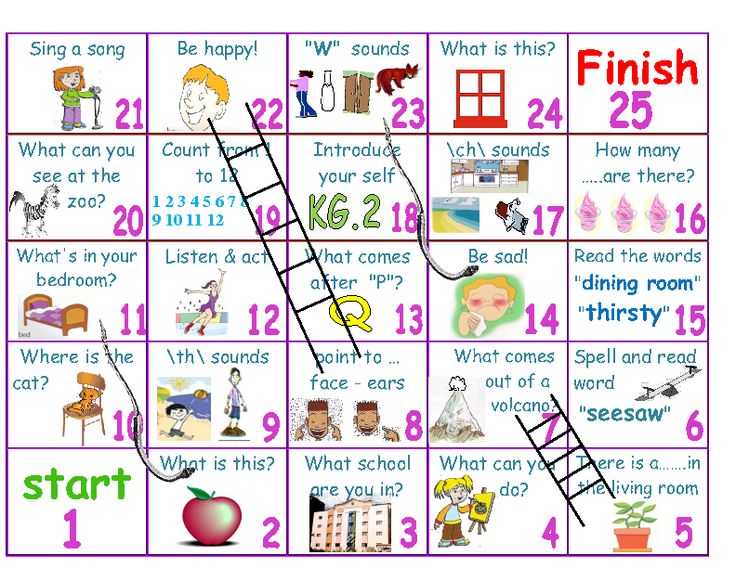 It’s kinesthetic, so there’s a movement for every letter sound. For each letter, he says the letter name, letter sound, a word that starts with the letter and acts it out in a way for students to mimic.
It’s kinesthetic, so there’s a movement for every letter sound. For each letter, he says the letter name, letter sound, a word that starts with the letter and acts it out in a way for students to mimic.
5. Letter Sound Automaticity
This video is more “advanced” because it practices the letter sounds out-of-order (just like Move & Master Fluency Tables – Alphabet Edition)! It mixes lowercase and uppercase letters and it includes long vowel sounds, too! As it shows each letter, it gives 4 seconds of wait time for students to say the letter sound before Jack reinforces it by saying it in the video. Each letter sound is reviewed twice.
Do you know of any videos for teaching letter sounds?
What do you think? Do you have any videos you could add to the list? If so, please let me know in the comments below! I would love to update this post with more videos.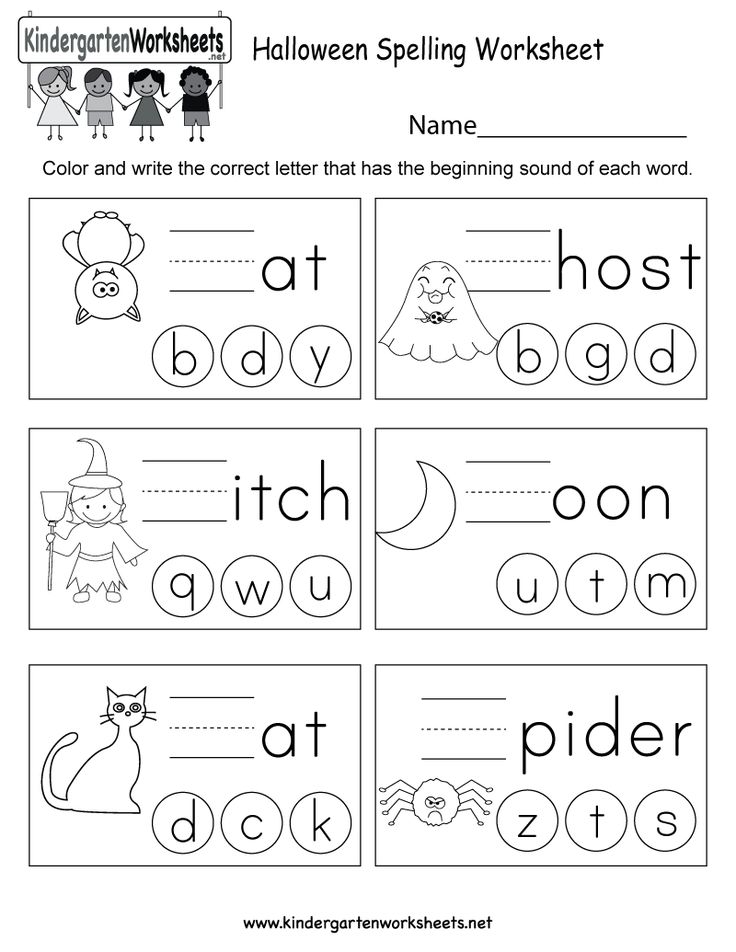 🥳
🥳
FREE Phonics Resource
If you’re teaching letter sounds, you’ll probably be interested in this FREE “Help Your Child Learn to Read” brochure for your students’ parents!
About the Author
Lauren
I help elementary teachers streamline their phonics and reading instruction by giving them all of the information and resources they need to maximize every reading lesson and raise their students reading levels once and for all.
You May Also Enjoy These
Reader Interactions
Let's start speaking Russian...
LETTERS AND SOUNDS, part 2
Hello, my name is Eugene.
I am a Russian language teacher. Today we continue to talk about the letters and sounds of the Russian language. IMPORTANT FEATURES OF RUSSIAN PRONUNCIATION:
1. The letter O is pronounced like O in the stressed syllable: table, norm, sea;
but the letter O is pronounced like A in unstressed syllables:
Moscow [Maskva], moment [mament], motor [mator]
2.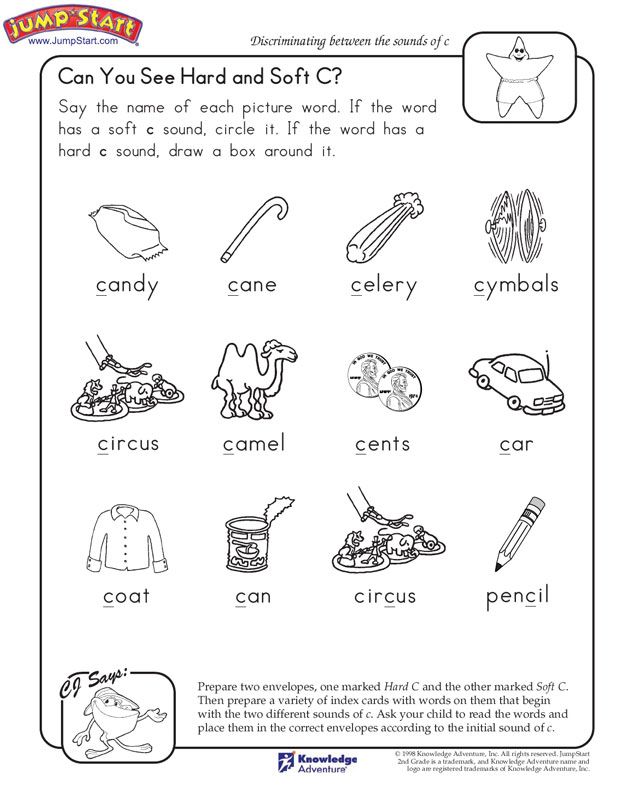 The letter E is pronounced like E in the stressed syllable: summer, text, rocket
The letter E is pronounced like E in the stressed syllable: summer, text, rocket
But the letter E is pronounced like I in unstressed syllables:
Theater [tiatr], metro [mitro], TV [tilivisor].
The letter I is pronounced like I in the stressed syllable: five, bright, clear; But the letter I is pronounced like And in unstressed syllables: fifteen [fifteen '], January [invar '] spot [pit]
The ending -OGO is always pronounced as -OVA, -AVA and the ending -IT is always pronounced as -IVA, -EVO, that is, G changes to V: From a big [bol'shov] city, with a German [Nimeckav] friend,
My [may] brother, without a blue [blue] sky
5. Remember also the pronunciation of the words: TODAY [sivodni], soft [soft], light [light], tomorrow [tomorrow], yesterday [fchira]
6. H before a consonant often sounds like Sh: what [what], of course [kaneshna]
7. At the end of words, voiced consonants: -b, -v.-g, -d, -zh, -z sound like deaf consonants: -p, -f, -k, -t, -sh, -s:
At the end of words, voiced consonants: -b, -v.-g, -d, -zh, -z sound like deaf consonants: -p, -f, -k, -t, -sh, -s:
Tooth [zoop], forests [lysof], friend [druk], knife [burden] frost [maros]
But if you put a vowel after them, they again sound like voiced consonants: teeth - teeth, with each other, a knife - with a knife
If we write three consonants together, then one of the letters is usually not pronounced: holiday [holiday], feeling [feeling], ladder [ladder]. 8. The last and most unpleasant thing: the stress in Russian can be anywhere, sometimes its place changes when the word changes.
Therefore, I recommend that you pay attention to the place of stress when you learn Russian words: time-theater, bag-newspaper, magazine-journalist, museum-telephone Now let's put these rules into practice:
Table - tables, sea - seas, cinema - cinema, variety - variety, Volga - led
Business is a democrat, the forest is forest, the sect is a sectarian, the song is a champion
September - amber, hawk - label, poison - Japanese, apple - poisonous
Who do you know? - I know this French friend.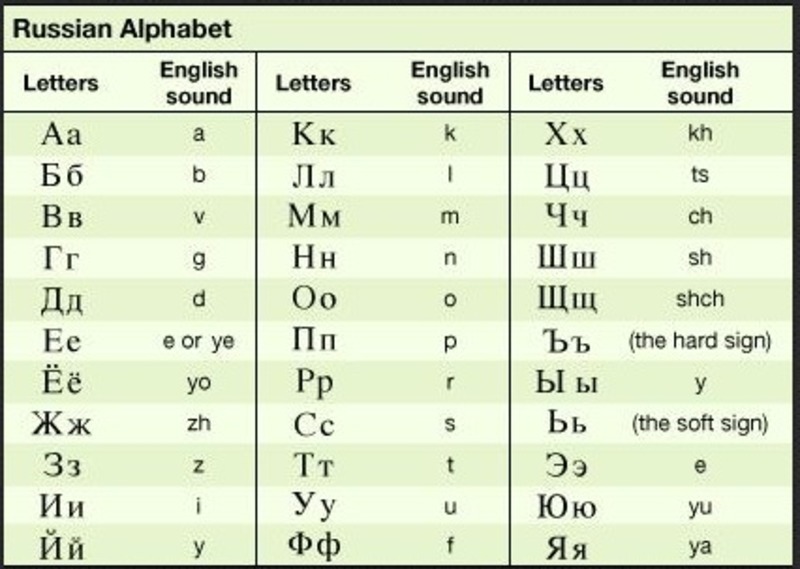
I was with my brother.
I can't live without blue skies. And I can't live without good wine. He is from a big city and she is from a small city. Our teacher has a lot of knowledge. I'm bored without him. Garden, suddenly, without, down, run, club, sandwich, method, boomerang, guide, period, ecologist, philologist, psychologist, lunch, neighbor, city, train, husband, bear.
Easy to do, yesterday I was in the forest, tomorrow I will be at the theater, of course I know, the weather is good today, I love soft bread
I am here because I want to learn Russian.
What are you saying? Please repeat. Sun, ladder, hello, heart, participant, honest, unhappy.
Children, city, breakfast, Russian, word, letter, cat, rose, brothers, coffee
Dictionary, language, cafe, sister, portrait, watch, prospectus, read, write
Car, of course, professor, bus, problem, colleague, girlfriend
Speak, study, answer, repeat, understand, library, journalist.
That's all for today.
Thank you for your attention. Good luck in learning Russian! And see you again! COMMENTS AND TRANSLATION OF SOME TERMINS:
You needn't learn by heart all words!
Put down only the most important or interesting words for you. The main task of this lesson is to familiarize you with the principal rules of Russian pronunciation. Maybe they are not easy, but they include almost 100% of Russian pronunciation, and you needn't to write every time a phonetic transcription what we often have to do after a lot of English words. *accent- a stress
stressed syllable - a stressed sillable
Unstressed syllable- an unstressed sillable
an ending
At the end of the words - at the ends of the words
*to sound - to sound
Voiced consonants
Voiceless consonants - unvoiced consonants
pronounce
An alteration of the word
pay attention to
English alphabet with pronunciation, transcription and translation (letters and sounds)
How many letters are in the English alphabet
The modern English alphabet contains 26 letters.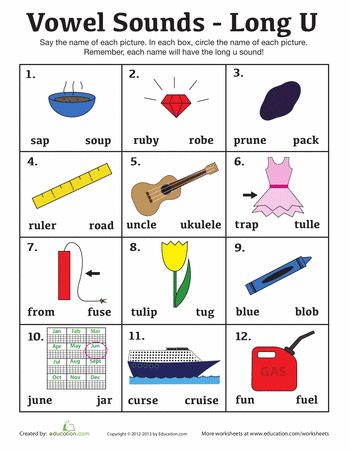 English sounds were first recorded in the Anglo-Saxon runic alphabet as early as the 5th century. Christian missionaries brought to the island not only their religion, but also the Latin alphabet, which began to replace the runic alphabet around the 7th century. For a long time, these two alphabets existed in parallel.
English sounds were first recorded in the Anglo-Saxon runic alphabet as early as the 5th century. Christian missionaries brought to the island not only their religion, but also the Latin alphabet, which began to replace the runic alphabet around the 7th century. For a long time, these two alphabets existed in parallel.
The modern English alphabet (The English alphabet [ˈalfəbɛt]) is based on the Latin alphabet or "Latin". So what is the number in the English alphabet? Unlike the Russian language, which has 33 letters, the English alphabet consists of 26 letters:
- 6 letters can represent vowels: “A”, “E”, “I”, “O”, “U”, “Y »;
- 21 letters can represent consonants: "B", "C", "D", "F", "G", "H", "J", "K", "L", "M", "N" ”, “P”, “Q”, “R”, “S”, “T”, “V”, “W”, “X”, “Y”, “Z”.
Below we have added a table where you can see the entire English alphabet with the numbering of letters in order.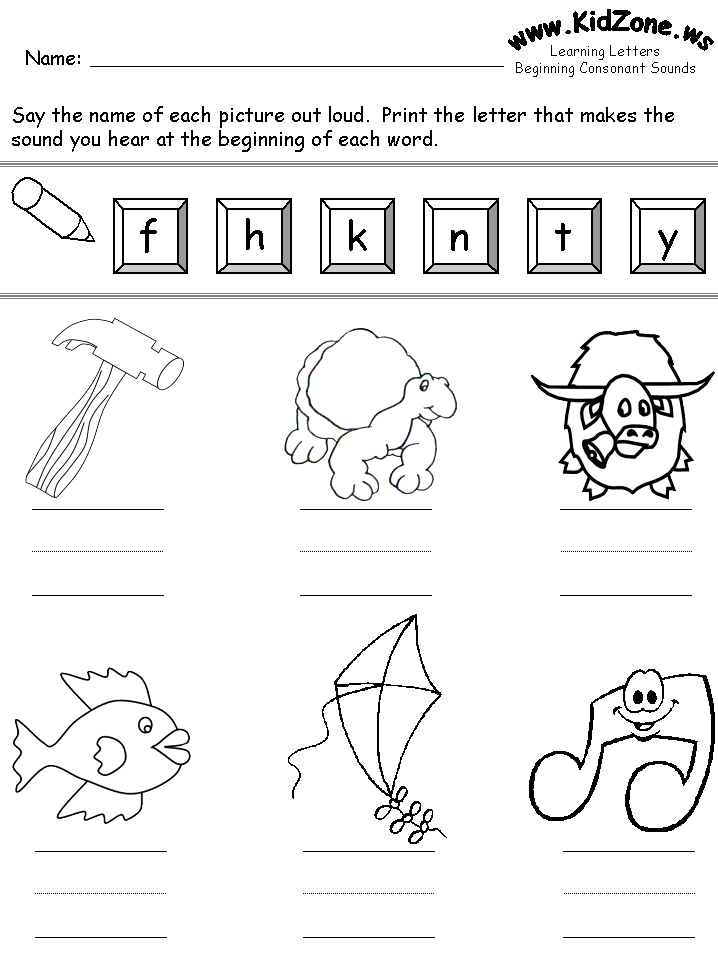
| | ||
|---|---|---|
| Direct number | Letter | Reverse number |
| 1 | a | 26 |
| 2 | B b | 25 |
| 3 | C c | 24 |
| 4 | D | 23 |
| 5 | e | 22 |
| 6 | F | 21 |
| 7 | Gg | 20 |
| 8 | H h | 19 |
| 9 | I i | 18 |
| 9 | I i | 18 |
| 10 | J | 17 |
| 11 | K k | 16 |
| 12 | L l | 15 |
| 13 | M m | 14 |
| 14 | N n | 13 |
| 15 | O o | 12 |
| 16 | P p | 11 |
| 17 | Q q | 10 |
| 18 | R r | 9 |
| 19 | S s | 8 |
| 20 | T t | 7 |
| 21 | U u | 6 |
| 22 | V v | 5 |
| 23 | W w | 4 |
| 24 | x | 3 |
| 25 | Y y | 2 |
| 26 | Z z | 1 |
By the way, the letter Y can stand for both a vowel and a consonant, and therefore refers to both vowels and consonants.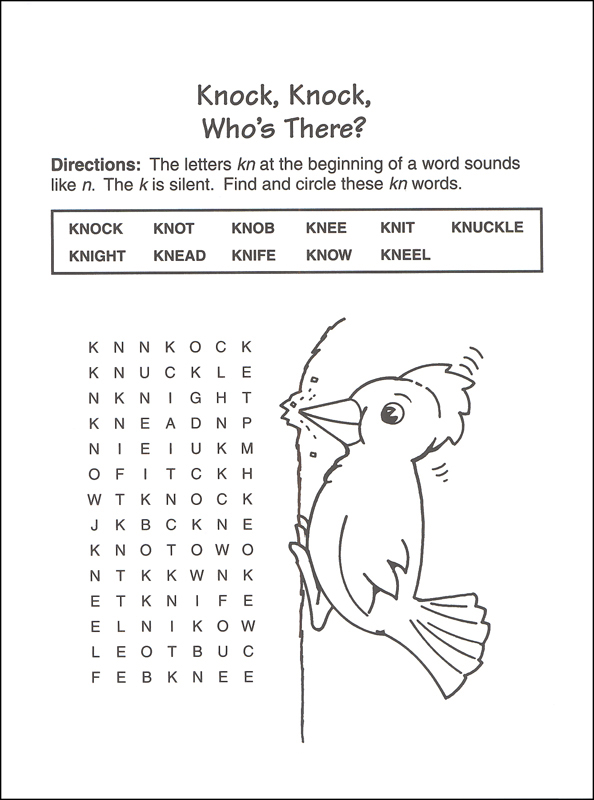
Americans and British pronounce almost all letters of the English alphabet the same way, except for the last one. The American alphabet differs in that the letter Z is pronounced as "zi" [ziː], and in the British - "zed" [zed].
Demo lesson for free and without registration!
Take a lesson, learn about the school and get a promotional code for English classes
Pronunciation of the English alphabet with the names of letters in English and Russian:
Below is a table where we have outlined the English alphabet with translation - transcription and pronunciation in Russian.
| | ||
|---|---|---|
| Letter | Transcription | pronunciation of |
| A a | [eɪ] | hey |
| B b | [biː] | bi |
| C c | [siː] | si |
| D d | [diː] | di |
| e | [iː] | and |
| F | [ɛf] | eff |
| G g | [dʒiː] | ji |
| H h | [eɪtʃ] | h |
| I i | [aɪ] | ai |
| J | [dʒeɪ] | jay |
| K k | [keɪ] | cay |
| L l | [ɛl] | el |
| M m | [ɛm] | em |
| N n | [ɛn] | en |
| O o | [əʊ] | ou |
| P p | [piː] | pi |
| Q q | [kjuː] | cue |
| R r | [ɑː] or [ɑɹ] | a:, ar |
| S s | [ɛs] | es |
| T t | [tiː] | and |
| U u | [juː] | y |
| V v | [viː] | and |
| W w | [ˈdʌb(ə)l juː] | double |
| x | [ɛks] | ex |
| Y y | [waɪ] | wye |
| Z z | [zɛd], [ziː] | zed, zee |
Sounds of the English alphabet
We start learning English letters even before we encounter foreign language lessons.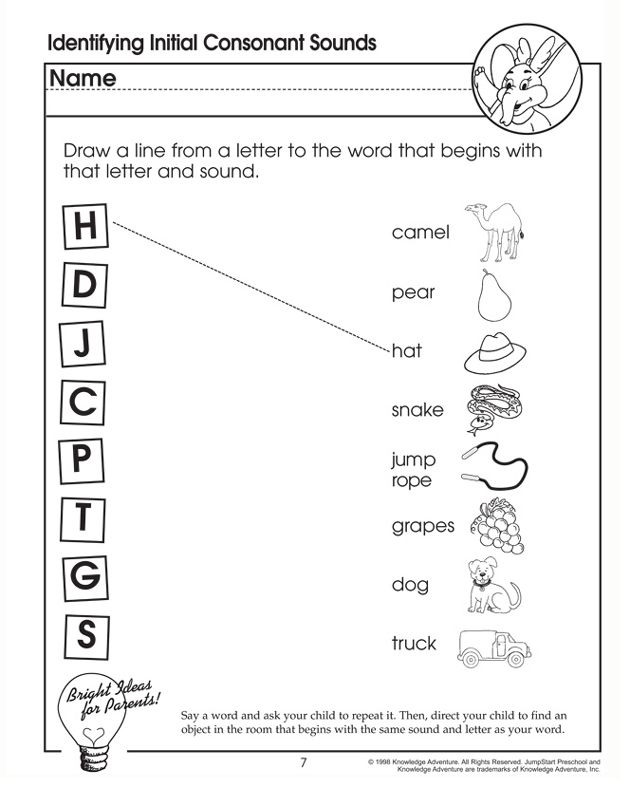 We know them even before we start learning English: we meet them at work, when we play computer games or surf the Internet. English words are found everywhere: on advertising posters, in the names of goods, in store signs.
We know them even before we start learning English: we meet them at work, when we play computer games or surf the Internet. English words are found everywhere: on advertising posters, in the names of goods, in store signs.
Although the letters may be visually familiar to us, they are not always pronounced the way they are written. The alphabet of the English language for beginners with pronunciation, numbering and translation will help here, because even those who are fluent in foreign languages find it difficult to speak correctly. A typical situation is to spell an English word, for example, to give an email address, your name or street in English. This is where the difficulties begin, and we try to explain ourselves with images and associations: i - “like a stick with a dot”, H - “like a Russian n”, s - “like a dollar”, v - “like a tick.
From here it is better to memorize not only letters, but also their pronunciation. The latter is written by transcription and enclosed in square brackets.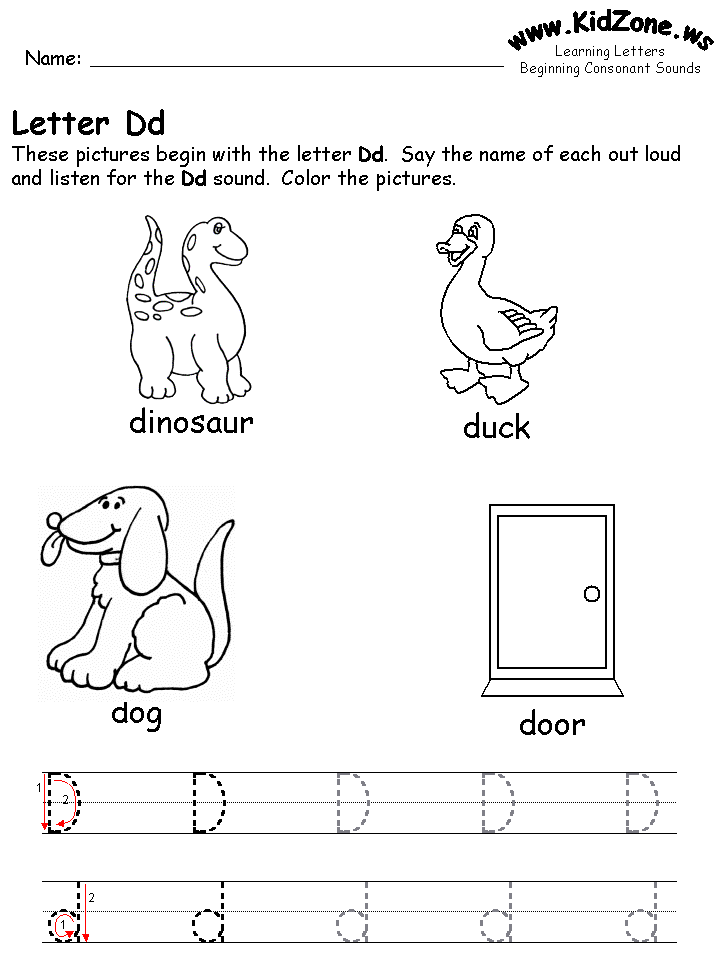 At first, it will be easier for you to memorize transcription with Russian pronunciation, but gradually you need to give it up and focus only on English transcription.
At first, it will be easier for you to memorize transcription with Russian pronunciation, but gradually you need to give it up and focus only on English transcription.
How to learn the English alphabet
Learning the alphabet is not just about remembering the order of the alphabet in English, Russian or Spanish, or knowing how many non-letters there are. To know the alphabet is to be able to pronounce sounds, as well as to write lowercase and uppercase letters correctly. In order to learn the entire alphabet of the English language easily, quickly and forever, follow these rules:
- Memorize both uppercase and lowercase letters of the English alphabet at the same time, pay attention to how English letters are written.
- Learn both the name of the English letters and the correct pronunciation, use the alphabet with transcription. It is easier to remember this at the same time than to relearn it later.
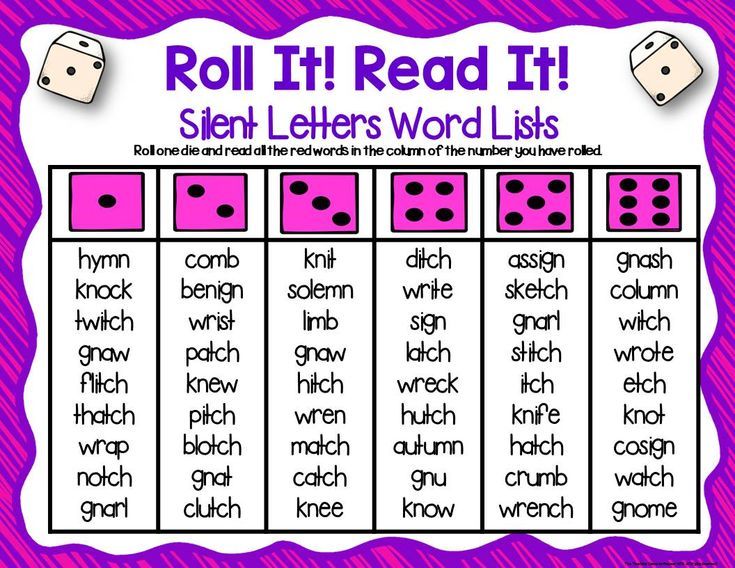
- Use all available resources: use audio recordings, videos of examples of correct pronunciation, printed texts, Internet resources.
- Learn the English alphabet in order, like in the ABC. Then change tactics: start studying the letters backwards, randomly, grouping.
- Exercise regularly, preferably every day for at least a few minutes. If you are tired of learning the same letters, take any children's book in English. Maybe you will not understand the meaning of what is written, but you will definitely be able to recognize and name this or that letter.
Another good way to learn the alphabet is to memorize a special rhyme. It is very short, but it will help to know every letter by heart:
Do you know your ABC?
You can learn along with me!
A, B, C, D, E, F, G,
H, I, J, K,
L, M, N, O, P U, V,
W, X, Y and Z
Now, I know my ABC's.
Next time won't you sing with me?
And the last piece of advice. Divide all letters into three large groups and learn them in three stages: the first group is 6 vowels: Aa, Her, Ii, Oo, Uu, Yy. Do not forget about transcription and remember that in English vowels can change their sound depending on the type of syllables, stress and other conditions; the second group of letters includes those that are written and pronounced similarly to Russian letters. They are easy to remember: Bb, Cc, Dd, Kk, Ll, Mm, Nn, Pp, Ss, Tt, Xx; the third group consists of those letters that sound and are written unfamiliar to native Russian speakers: Ff, Gg, Hh, Jj, Qq, Rr, Vv, Ww, Zz.
Methods and techniques for memorizing the English alphabet
There are many ways to learn the English alphabet from scratch that are suitable for both adults and children.
The most popular way to learn the English alphabet is through tables.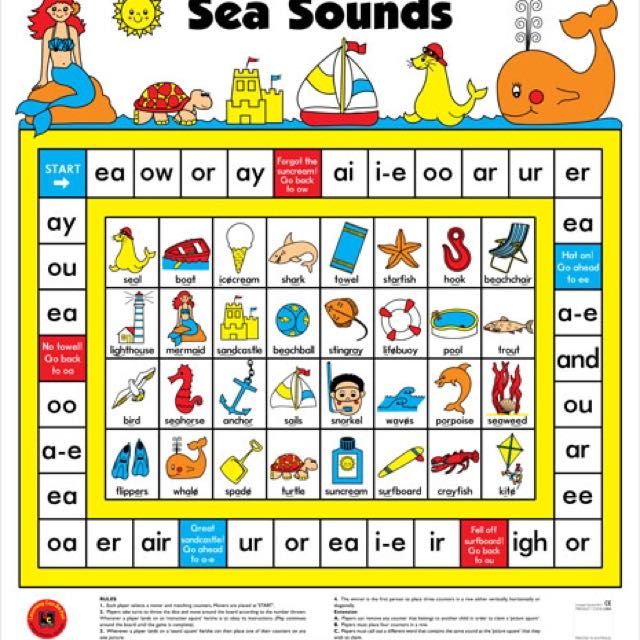 You can print the English alphabet tables from this article or search for others: English alphabet by numbers; English alphabet with numbering of letters, etc. Hang them over your desk and browse and read aloud whenever you have a free moment. The main thing is to memorize the alphabet with the pronunciation of sounds.
You can print the English alphabet tables from this article or search for others: English alphabet by numbers; English alphabet with numbering of letters, etc. Hang them over your desk and browse and read aloud whenever you have a free moment. The main thing is to memorize the alphabet with the pronunciation of sounds.
One of the most effective ways is to make colored cards with the letters and words that begin with them and post them in a prominent place. These cards can be made by yourself or bought in the store. It is better to use well-known words, for example, the names of animals.
You can train with special exercises, for example, this one: get a special notebook and write down letters in several lines in it - both uppercase and lowercase letters of the English alphabet. And when writing, dictate to yourself aloud the name of the letter. This exercise includes all three main types of memory: auditory, visual and motor.
Don't forget about games that will help you learn the English alphabet. For example, Spell the word or “Spell the word” - whoever spells it wrong first loses. And you can also read the alphabet at speed, write letters correctly by ear, pronounce the letters written on the card, and so on. The audio alphabet of the English language with pronunciation has proven itself well. A student can independently master the letters and sounds just by listening to the recording. The main thing is to be systematic.
For example, Spell the word or “Spell the word” - whoever spells it wrong first loses. And you can also read the alphabet at speed, write letters correctly by ear, pronounce the letters written on the card, and so on. The audio alphabet of the English language with pronunciation has proven itself well. A student can independently master the letters and sounds just by listening to the recording. The main thing is to be systematic.
Interesting facts about the English alphabet
Learning the sounds and letters of the English language will be more fun if you know a few interesting facts about the alphabet:
- The English alphabet can be called by its first letters "ABC";
- The English word alphabet comes from the Latin alphabet, where alpha and beta were the first letters of the alphabet. But even before the Latin alphabet, they were the first letters of the Phoenician alphabet (alef and bet), which arose in 1050 BC.
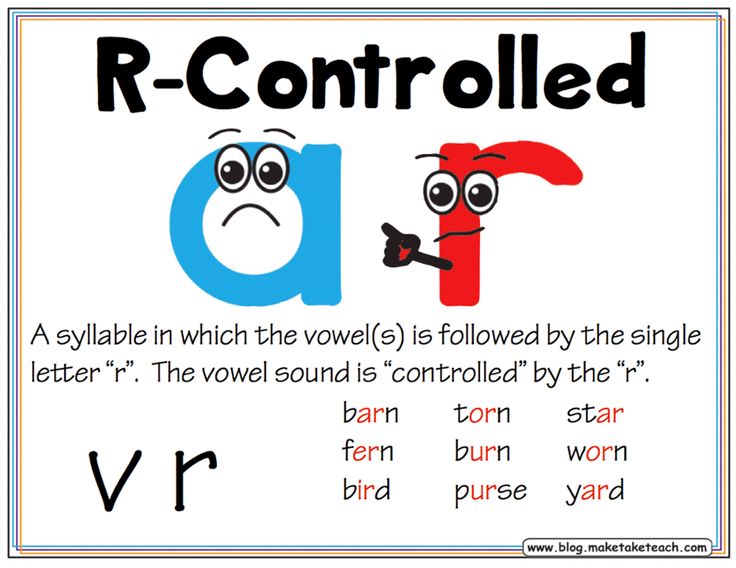 e.
e. - The article the is the most common word in the English language.
- The most common letter in the English alphabet is E, and the most common consonant is T. The letters S and T are most common at the beginning of English words. The rarest letters in the alphabet are Q and Z.
- In English there are only 5 vowels and as many as 20 vowels! For example, the letters Y and W can be pronounced as vowels (try, my, cow, few). The same letter can be read in several ways, for example, in the words cat [kæt], place [pleis], dark [daːk], air [ɛə].
- All 26 letters of the English alphabet can be put into a sentence or pangram that shows how each letter of the font will look like: "The quick brown fox jumps over the lazy dog" (loosely translated: "The quick brown fox jumps over the lazy dog." English analogue - "Eat some more of these soft French rolls and drink tea").
Conclusion
English speakers remember their alphabet much more often than Russian speakers, because in English the pronunciation of a word often does not match its spelling.